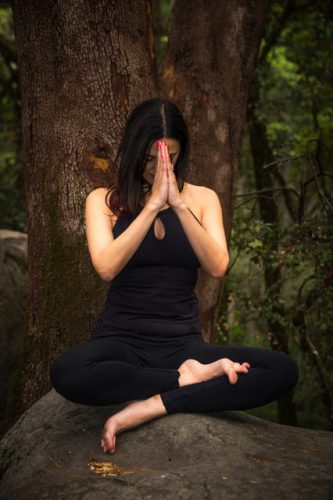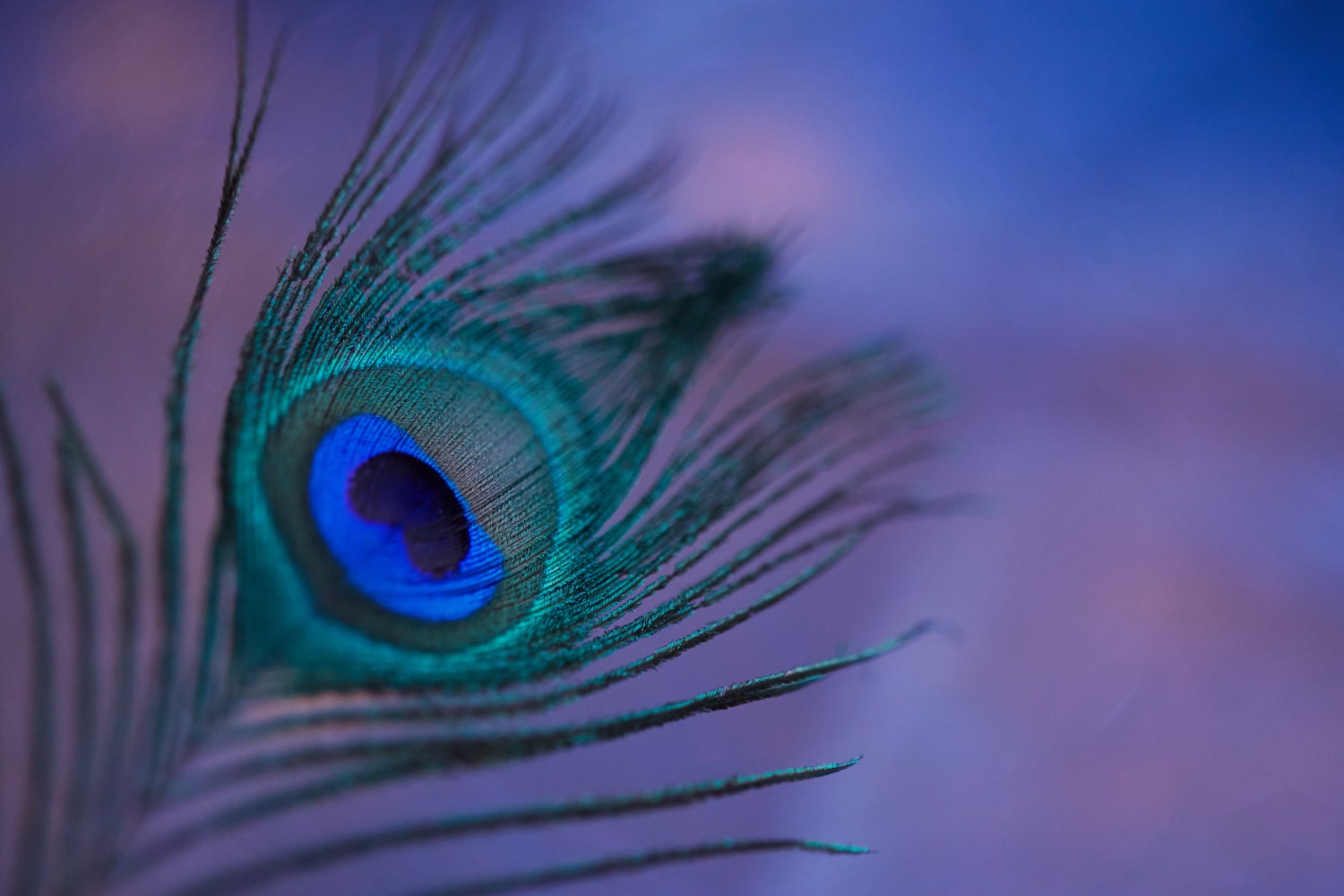If you’ve ever been to a yoga class, I can say with certainty that you have heard the word namaste (and “om”) at the end of the session. Namaste (pronounced nah-mah-stay) is literally translated as “I bow to you.” The gesture of namaste represents the belief that there is a divine spark within each of us that is located in the heart center. The palms together in front of the heart or brow is an acknowledgment of the soul in one by the soul in another. It also has the underlying understanding that, beneath the outer layers that make us look different to one another, we are made of the same stuff. We are more alike than different.
This traditional salutation brings about a sense of oneness and, even though it is mostly seen within yoga studio walls here in America, it is very common to experience it in the streets of India as people pass by, among family members greeting one another, children acknowledging their elders, and strangers meeting for the first time. They all join their palms together and bow their heads in respect of one another.
According to The Chopra Center, one of the most common translations of namaste is: “The divine light in me bows to the divine light within you.” Contributing Writer Karson McGinley writes, “A simple Internet search provides many beautiful meanings and translations of namasté, such as:
- I honor the place in you where the entire universe dwells.
- I bow to the place in you that is love, light, and joy.
- When you and I bow to our true nature, we are one.
- My soul recognizes your soul.
- We are the same, we are one.
- I honor the place in you that is the same as it is in me.
By saying, “namaste,” you are affirming your choice to see others from loving consciousness rather than ego (which would have you believe you are somehow better, worse, or different than the other being). It is an active choice to see others as a whole: a ”namaste” between two yogis is a pact made to honor the highest, truest, most authentic parts of themselves and let their limitations fall away.
Next time you’re in (or even out of) class, give yourself a chance to truly connect with what namaste means to you as you bow in and take the gesture. Notice feelings, sensations, and breath as you do it. There’s always a chance to dig deeper and use the beautiful traditions of yoga to discover more about ourselves.
Namaste.













